Seoul’s staggering size intimidated me before I even really got there.

After getting off the plane, I had to descend four escalators, take a train to another building, then go up several more escalators just to get to the immigration area. Once I exited the airport (which, to be fair, is in neighboring Incheon, rather than Seoul proper), it took more than an hour by train to get to Seoul station.
Then, it was a 15-minute walk to the metro, which took another 20 minutes to drop me off at the entrance to the historical Bukchon Hanok Village, from which it was still another 10 minutes by foot to where I was staying.
I mention all this not to intimidate you, but to put what I’m about to outline—how to see the very best of the Seoul, which among its markers of hugeness is the 10 million people who call it home, in just a few days—in perspective.
As little as 3 days in Seoul will provide you with mere impressions of the city: Panoramas of skyscrapers rolling over hills like waves of concrete and steel; flashes of neon light reflecting in rivers and streams; and aromas of Korean BBQ in the air all around you. Ain’t Seoul grand?
(I haven’t even mentioned all the amazing day trips from Seoul yet!)
A Spectacular Seoul Itinerary
The particulars of your Seoul trip might vary depending on your travel personality and how many days in Seoul you spend, but the following things to do in Seoul are everyone’s cup of tea:
- Bukchon Hanok Village
- Gyeongbokgung and Changdeokgung Palaces
- Seoul City Wall
- Han River or Seoul Forest
- N Seoul Tower at Sunset
- Gangnam, Itaewon or Insadong at Night
- Day trips from Seoul: DMZ or Seoraksan
Where to Stay in Seoul
The bad news? Accommodation prices in Seoul are uniformly high. The good news? They are also rather uniform, which means the same price as a sterile hotel room in one of Seoul’s downtowns or a Airbnb apartment that might very well suck, you can sleep in a traditional Korean Hanok in Seoul’s Bukchon Hanok Village, a UNESCO World Heritage Site.
I personally slept at Vine Hanok Guesthouse, but there are dozens of other Seoul hotels in Seoul of similar quality at higher or lower price points. A more modern option would be Makers Hotel, which is just steps from the lively Insadong district, while Bukchon Y Guesthouse is also in the Hanok Village, but is more affordable.
Day One: The Ghosts of Imperial Korea
Traditional experience notwithstanding, one very good reason to stay in the Bukchon Hanok Village is that it’s the perfect place to start exploring what to do in Seoul. For one, it’s walking distance from Seoul’s most famous pair of palaces: Gyeongbokgung, which dates back to the 14th-century Joseon Dynasty period and Changdeokgung, which the Joseon emperors built in the early 15th century.
The palaces sit on either side of Bukchon Hanok Village, which is itself replete with traditional Korean architecture, on both sides, so you might begin your day with a walk to Gyeongbokgung, then explore your way back through the Hanok Village to Changdeokgung, then heading back into the village to enjoy sunset from one of its high hills, whose traditional houses frame Seoul’s modern skyline, which towers in the distance.
As you might imagine, Bukchon Hanok Village is a great place to grab traditional Korean food, from barbecued beef and pork bulgogi, to eclectic bibimbap bowls, to deliciously spicy kimchi, whether you enjoy them homestyle in your hanok, or at the countless restaurants that dot the streets and alleys. One thing that might surprise you, however, is how many coffee shops there are in this part of town—they make up at least half of all businesses on some streets, which makes them one of the easiest sorts of places to visit in Seoul.
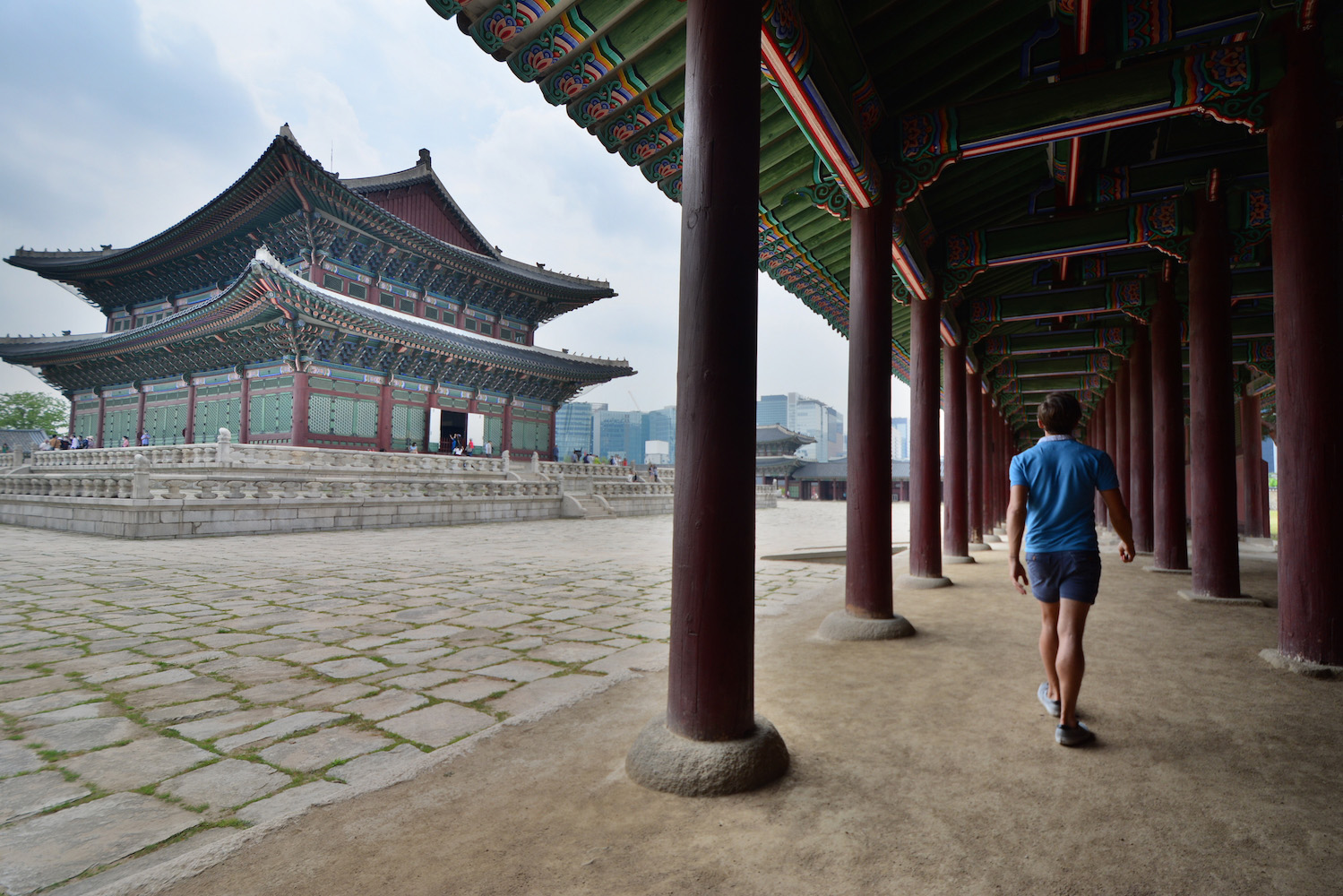
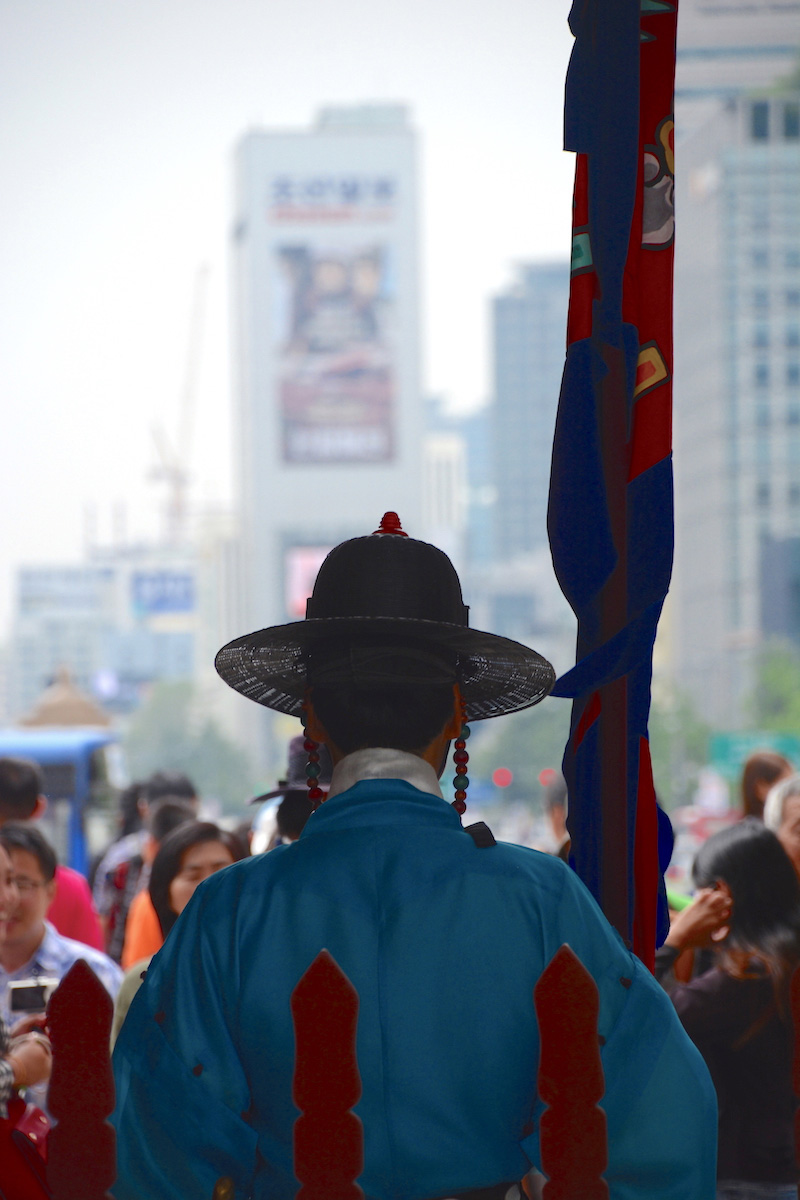
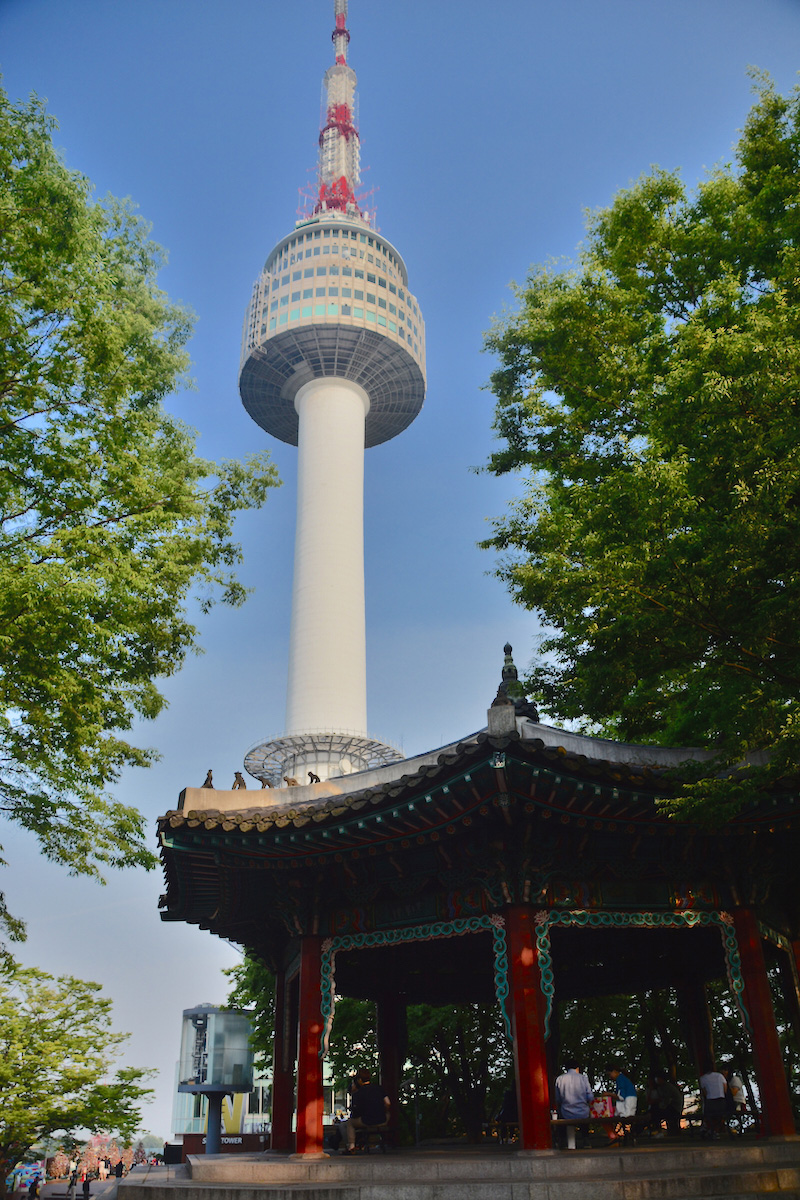
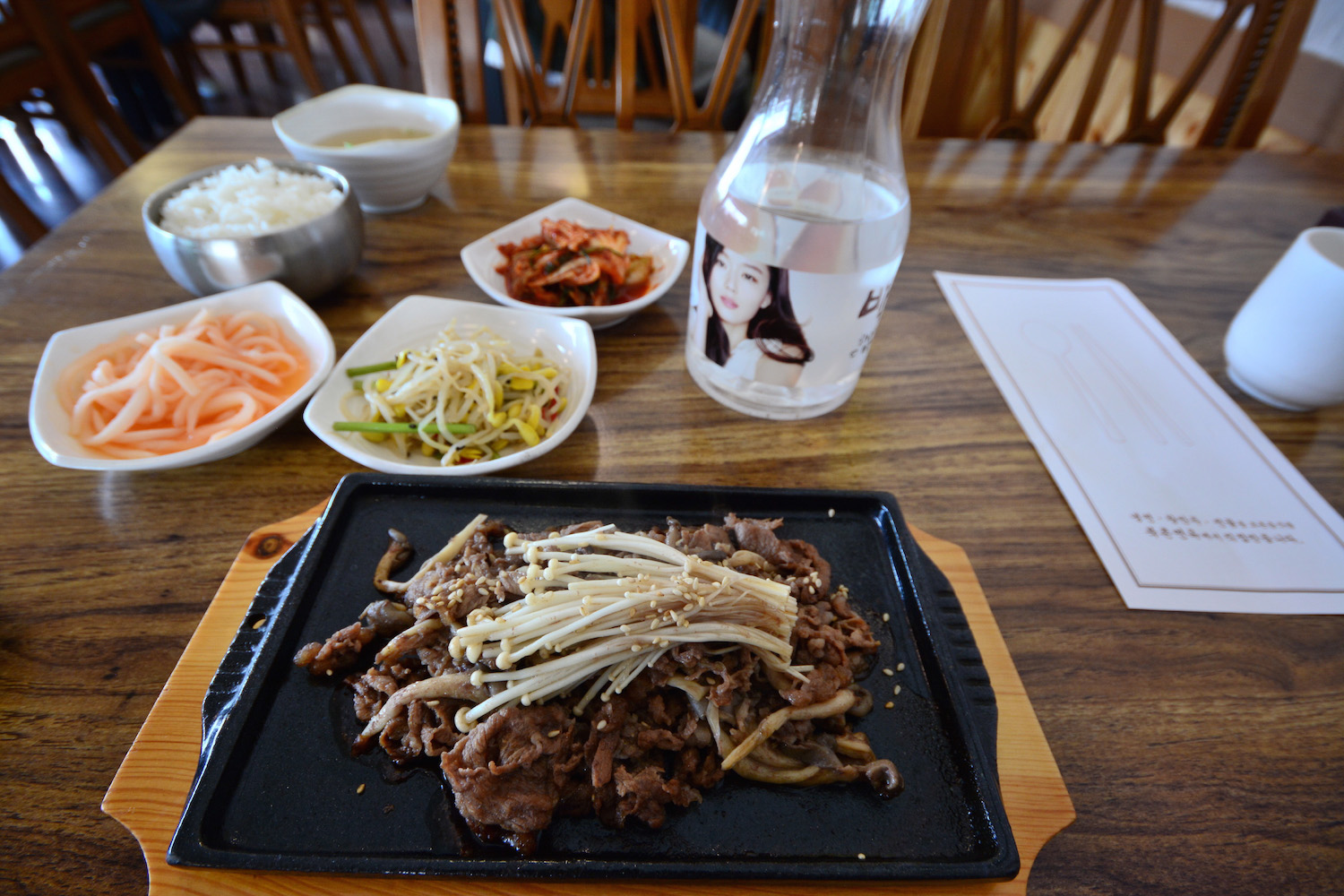
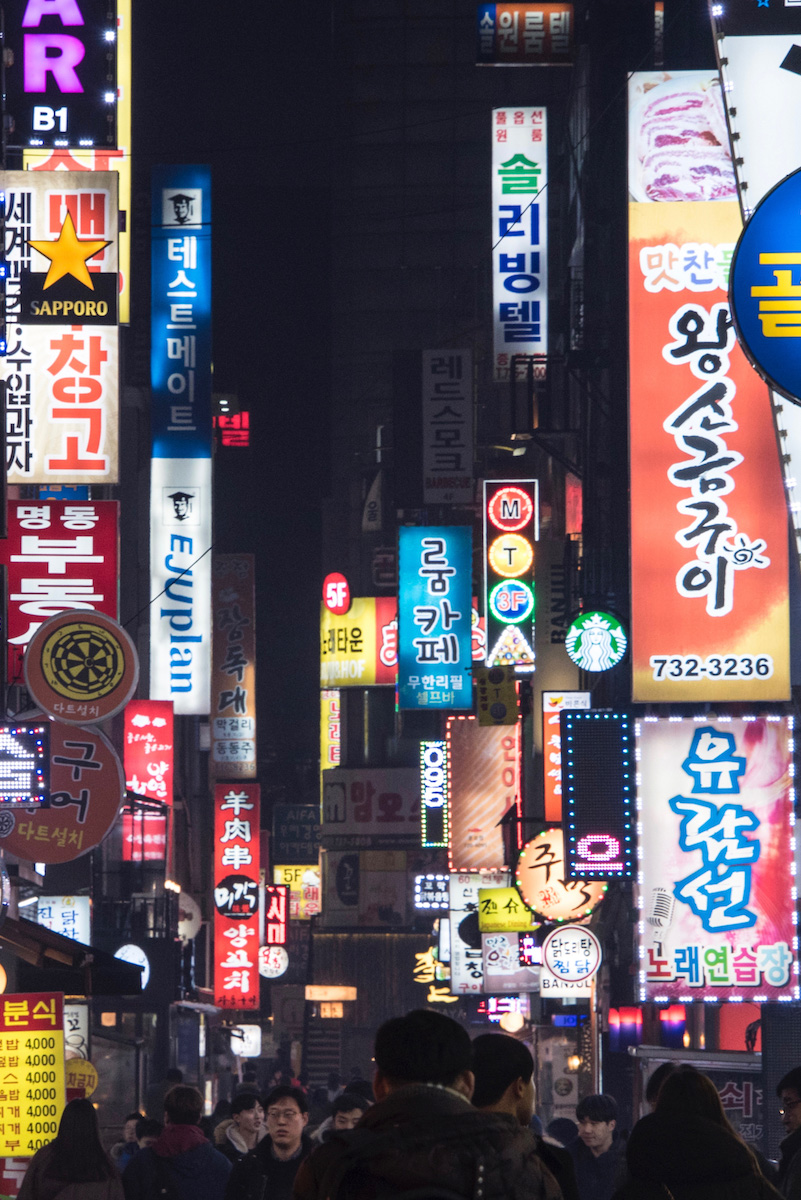
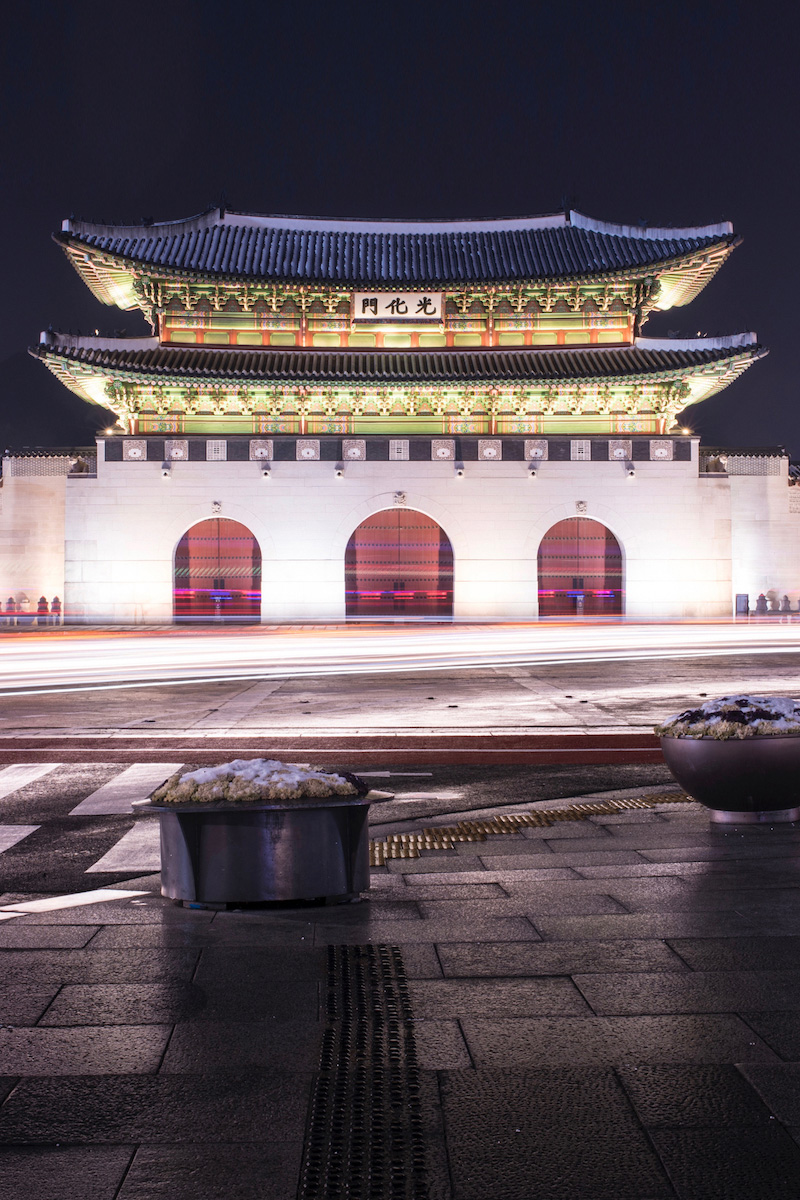
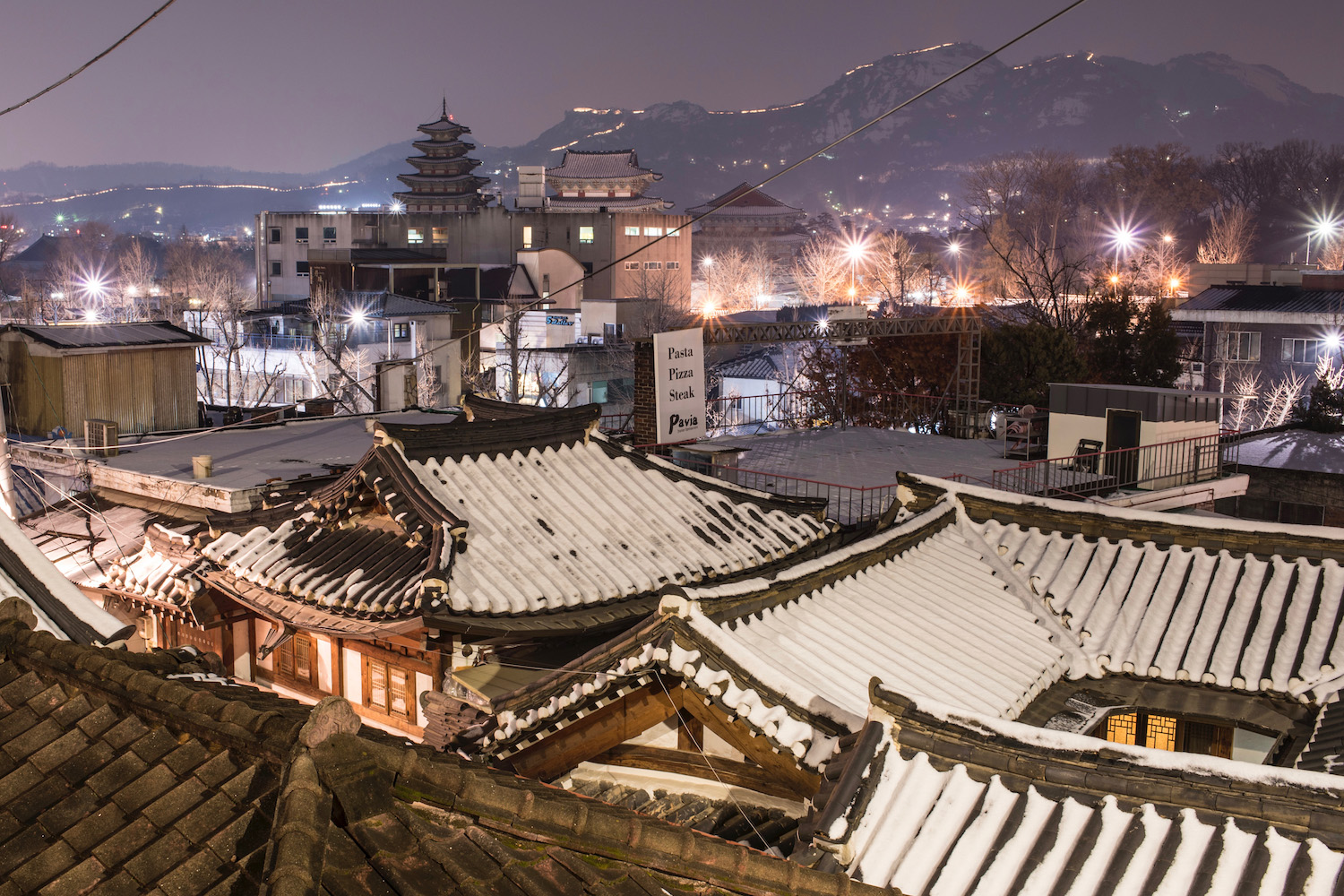
Day Two: Ain’t No Mountain High Enough
Feel free to take a twilight stroll through old Seoul, which is mostly lit up at night, but go to bed early so that you can continue your Seoul tour with a hike up to the Seoul City Wall. This elevated structure, which is where to go in Seoul if you want to enjoy a panorama, borders the city on the north side, before the daylight gets too harsh—and, in the summer, the temperature too high. Seoul City Wall affords you a panorama or both ancient and modern Seoul and, on clear days, South Korea’s presidential residence, the Blue House.
This section of the Seoul itinerary is about climbing mountains—and I’ll get to another one in a minute—but since I referenced a classic song, I should also invite you to explore some valleys (albeit not particularly low ones) and rivers (even if only one of them is ride). Spend mid-day biking along Seoul’s Han River (this is the wide one), which is best reached by taking the Seoul Metro to Yeouinaru station. Then, ride the metro to Seoul Forest station to visit the city park of the same name—no rivers or valleys in this popular Seoul sightseeing spot, unfortunately.
First, however, we’re continue our Seoul city tour by heading back up a mountain: Namsan Mountain, to be specific, home of Seoul’s iconic N Seoul Tower. But rather than ride the cable car up to the tower’s base (I mean, you could if you were feeling lazy!), take the metro to Hoehyeon station, then hike along (a different part of the) Seoul City Wall until you reach the top. Ideally you’ll arrive just in time to enjoy a beautiful sunset over Seoul, which will take you to the next suggested destination of this Seoul blog right as night falls.
Back at valley/river level sits Cheyonggyecheon, a reconstituted stream that flows through Seoul’s Jongno district, juxtaposing futuristic skyscrapers with an idyllic (if slightly artificial) stream. To get here, take the metro to Eujiro-3 Ga station, then walk back to the Bukchon Hanok Village or, depending on your energy, take the metro back to Anguk station and walk from there. Note that if you’re out of time at this point, what I’ve stayed so far occupies 2 days in Seoul beautifully and completely.
Day Three: Gangnam (et al) Style
Of all the places to explore in downtown Seoul, Gangnam is by far the most famous, but I would argue that it’s not very exciting, especially considering how far it is, relatively speaking, from everything else there is to see in Seoul. While you could theoretically include it in your Seoul itinerary 3 days (or longer especially—it makes less of an impact if you have more time), it’s honestly not necessary in my opinion.
If you find time on your third night in Seoul, of course, then by all means take a stroll through Gangnam District, but if you want to stay closer to the action, you’ve got plenty of alternatives as well. The neon lights of Insadong, for example, evoke Tokyo’s Shinjuku, whereas Itaewon is filled with foreigners and expats and has a decidedly international vibe and youthful Hongdae sits nearby a large university.
All of these areas are better things to do in Seoul at night, however, so you’ve got some options on how to spend the daytime of your last of 3 days in Seoul. You could take an excursion—the DMZ (de-militarized zone) with North Korea is one of the most popular day trips from Seoul, although I can’t comment on it personally since it was closed when I visited, thanks to MERS.
A more active option for the last stretch of what to do in 3 days in Seoul is to take a day trip to Seoraksan, a national park near the city. Although some people do this independently, many tour companies and youth hostels in Seoul offer organized tours. Finally, you could expand your Korea horizons and board a train to Busan, though that exceeds the boundaries of this Seoul trip blog.
The Bottom Line
This Seoul itinerary isn’t comprehensive, but it is diverse, offering an alluring cross-section of one of Asia’s most sprawling, dynamic cities. From Seoul accommodation, to places to go in Seoul, to food and nightlife and ideas for Seoul day trips, this is a great place to start, if nothing else. Are you ready to discover the heart and soul (sorry, I had to!) of South Korea?

Robert Schrader is a travel writer and photographer who’s been roaming the world independently since 2005, writing for publications such as “CNNGo” and “Shanghaiist” along the way. His blog, Leave Your Daily Hell, provides a mix of travel advice, destination guides and personal essays covering the more esoteric aspects of life as a traveler.








